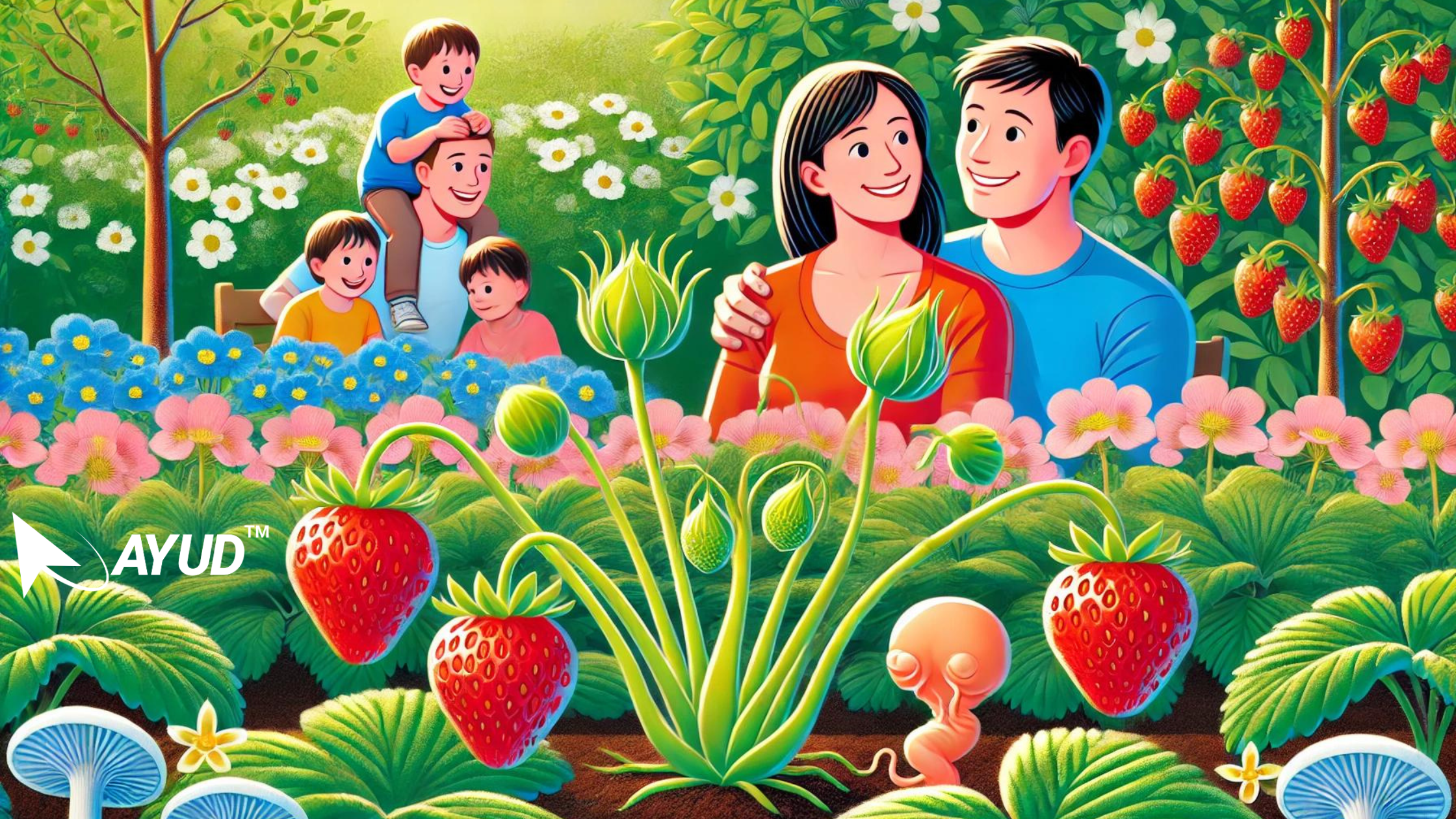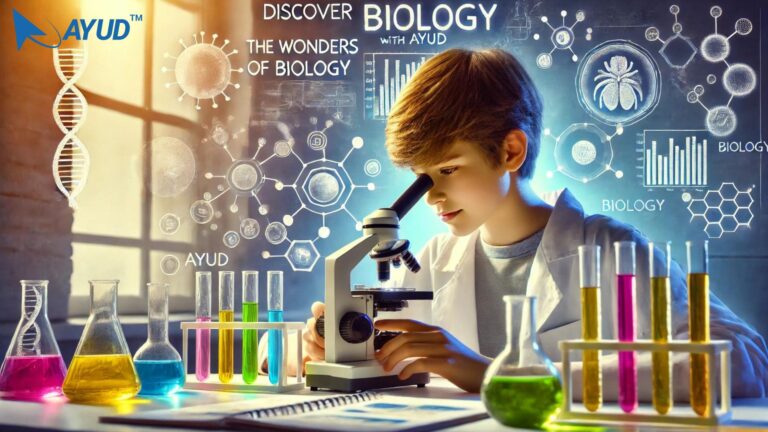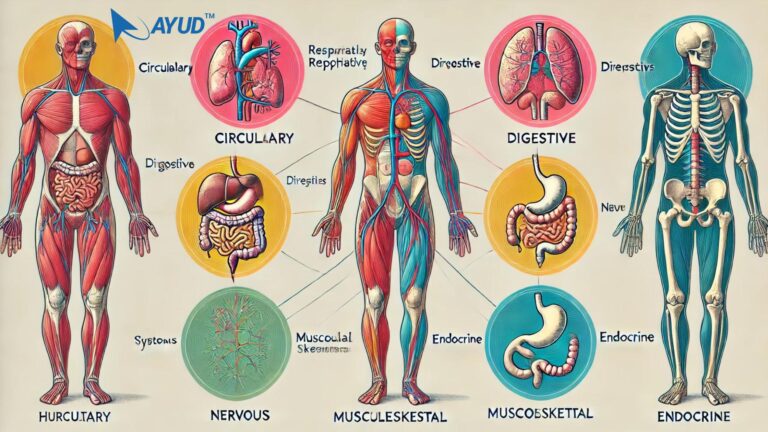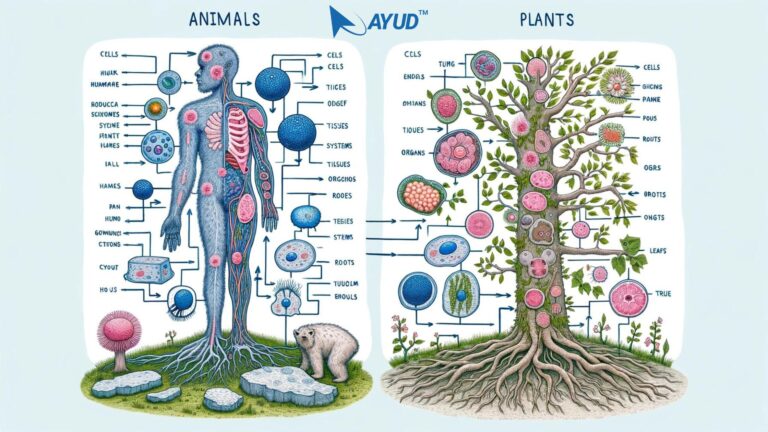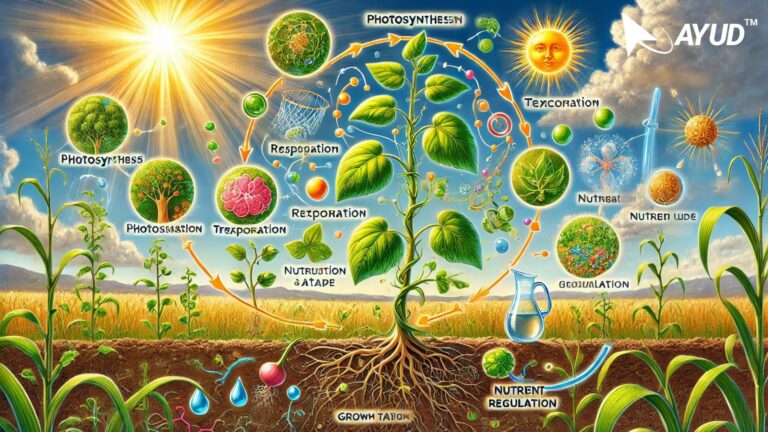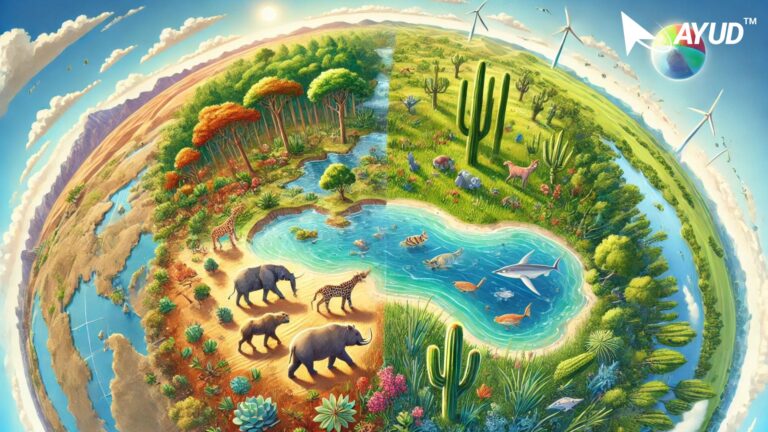Understanding Reproduction: A Fundamental Aspect of Life
Understanding Reproduction: A Fundamental Aspect of Life
Reproduction is a vital process that ensures the continuity of life. It is the means by which living organisms produce offspring, passing on their genetic material to the next generation. This blog will explore the concept of reproduction, its types, and its significance in both simple and comprehensive terms. Understanding Reproduction: A Fundamental Aspect of Life. By the end of this blog, you’ll have a clear understanding of reproduction and its essential role in the survival of species.
What is Reproduction?
Reproduction is the biological process by which new individual organisms, or offspring, are produced from their parents. This process is fundamental to all forms of life and is essential for the survival and evolution of species.
Types of Reproduction
There are two main types of reproduction: asexual and sexual. Each type has its own unique mechanisms and significance.
Asexual Reproduction
Asexual reproduction involves a single organism or cell replicating itself to produce offspring. There is no involvement of another organism in this process. The offspring are genetically identical to the parent. Some common forms of asexual reproduction include:
Binary Fission: This is common in unicellular organisms like bacteria. The organism divides into two equal parts, each becoming a new organism.
Budding: Seen in yeast and hydra, a new organism grows from a bud on the parent organism.
Fragmentation: In organisms like starfish, a part of the organism breaks off and develops into a new individual.
Vegetative Propagation: Common in plants, new plants grow from parts of the parent plant, such as stems, roots, or leaves.
Example: The Power of Asexual Reproduction
Imagine a garden where strawberries grow. Each strawberry plant can produce runners that grow into new plants. These runners are clones of the parent plant. This method allows the garden to quickly fill with strawberry plants, ensuring a bountiful harvest. This is a real-life example of asexual reproduction in action.
Sexual Reproduction
Sexual reproduction involves the combination of genetic material from two parent organisms. This process leads to offspring that are genetically different from their parents. The main forms of sexual reproduction include:
Gamete Formation: Involves the production of male and female gametes (sperm and egg cells) through meiosis.
Fertilization: The fusion of male and female gametes to form a zygote, which then develops into a new organism.
Example: The Diversity of Sexual Reproduction
Consider the case of humans. Each person is a product of sexual reproduction, where the genetic material from both parents combines to create a unique individual. This genetic diversity is crucial for the survival of the species, allowing humans to adapt to different environments and resist diseases.
The Significance of Reproduction
Reproduction is essential for several reasons:
Species Survival: Without reproduction, a species would eventually become extinct.
Genetic Diversity: Sexual reproduction increases genetic diversity, which is important for the adaptation and evolution of species.
Population Growth: Reproduction ensures the growth and maintenance of populations.
Real-Life Impact of Reproduction
Understanding reproduction can have profound impacts on our lives. For example, advancements in reproductive technology, such as in-vitro fertilization (IVF), have helped countless couples conceive children. Additionally, knowledge of reproduction is essential in fields like agriculture, where breeding programs are designed to produce crops with desirable traits.
Applying Reproductive Knowledge in Daily Life
Understanding the basics of reproduction can help in various aspects of life. For instance, knowing how plants reproduce can improve gardening skills, leading to better crop yields. Additionally, understanding human reproduction can promote better health and well-being through informed family planning and reproductive health practices.
The Future of Reproduction
Advances in science and technology continue to shape our understanding of reproduction. Emerging fields like genetic engineering and cloning offer exciting possibilities for the future. These advancements could lead to breakthroughs in medicine, agriculture, and environmental conservation.
Conclusion
Reproduction is a fundamental biological process that ensures the continuity and diversity of life. By understanding its mechanisms and significance, we can appreciate the complexity and beauty of life. Whether through the simple splitting of a cell or the intricate process of sexual reproduction, life finds a way to continue and thrive. Embracing this knowledge can lead to informed decisions in personal health, agriculture, and the broader understanding of our world.
#Reproduction #AsexualReproduction #SexualReproduction #GeneticDiversity #Biology #IVF #GeneticEngineering #Gardening #FamilyPlanning #Health #ayud #ayudjobs #askayud #MultiLanguageSupport #ResumeBuilder #gotestit #ayudian #ayudblog
Self Evaluation:
GoTestIt – NEET Biology / Reproduction
My Goal Tracker – Stage 0 Level 0
https://ayud.page.link/dvLXPAbfTuYDLGxm8
How to Use Ayud Jobs: A Comprehensive Guide
Join our what’s app channel for timely updates

